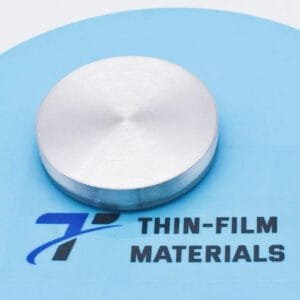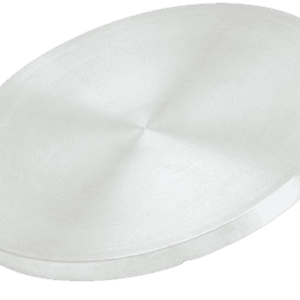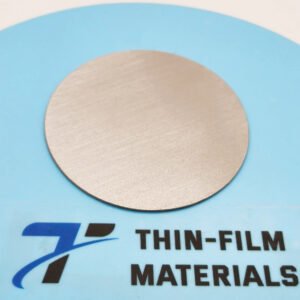Thorium Oxide Sputtering Target Description

Thorium, named after Thor, the Scandinavian god of thunder, is a chemical element first identified in 1829 by J. Berzelius. Its chemical symbol is “Th,” with an atomic number of 90. Located in Period 7 and Group 3 of the periodic table, it belongs to the f-block. Thorium has a relative atomic mass of 232.03806(2) Dalton, with the number in brackets indicating the uncertainty.
Thorium Oxide Sputtering Target Specifications
| Material Type | Thorium Oxide (ThO2) |
|---|---|
| Symbol | ThO2 |
| Color/Appearance | White, Crystalline Solid |
| Purity | 99.9% min |
| Density | 9.7 g/cm³ |
| Available Sizes | Diameter: 2.0″ to 16.0″ Thickness: 0.125″ to 1″ |
| Shape | Disc, Plate, Custom-made |
We also offer other customized shapes and sizes of the sputtering targets; please Contact Us for more information.
Thorium Oxide Sputtering Target Applications
Thorium Oxide Sputtering Target Packing
Our Thorium Oxide Sputtering Targets are clearly tagged and labeled to ensure efficient identification and quality control. We take great care to prevent any damage during storage or transportation.





Reviews
There are no reviews yet.